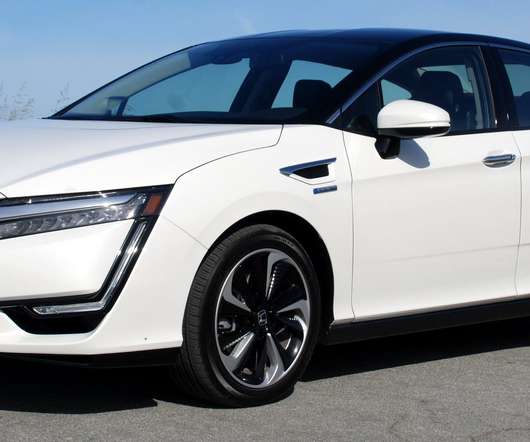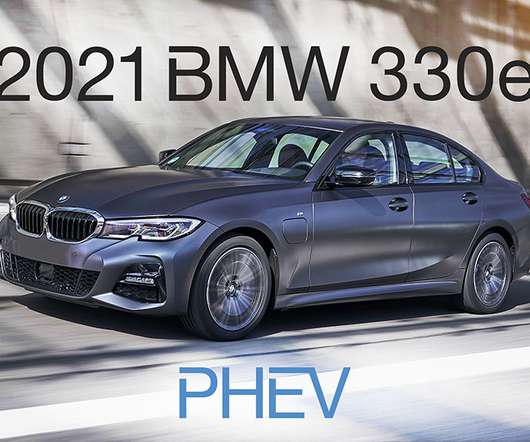News: Hydrogen Fuel Cell Market Confused
Clean Fleet Report
JUNE 24, 2021
Honda Drops Clarity FCEV; BMW & Land Rover Test Prototypes. Depending on the story you read, one might assume the market for light-duty FCEVs is either dying or booming. Both Toyota and Hyundai appear not only committed to their light-duty models, but are exploring the use of fuel cell technology for heavy-duty trucks.












Let's personalize your content